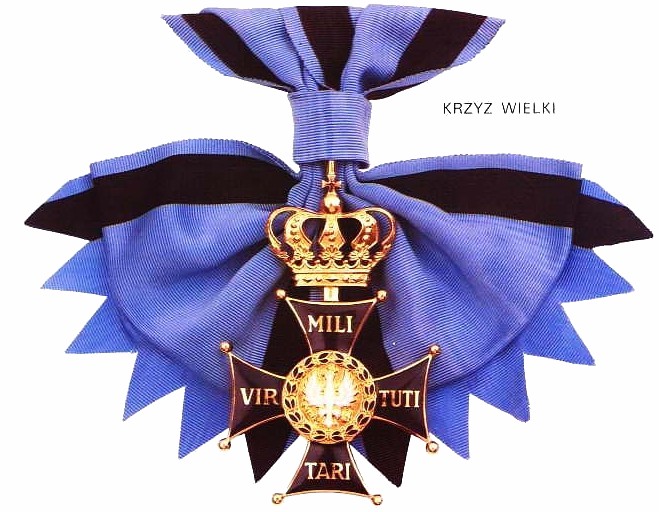230 years ago, on June 22, 1792, the king of Poland, Stanisław August Poniatowski, created the highest Polish military decoration – the Order of Virtuti Militari. He made such a decision to celebrate the victory of the Polish army over the Russians in the Battle of Zieleniec.
The Constitution of May 3, 1791, in Poland met with resistance from some magnates who quickly found support in Russia, then ruled by Tsarina Catherine II. She decided to intervene in Poland, not wanting to allow the implementation of systemic reforms that would strengthen the Polish state.
In May 1792, the tsarist army entered the Polish-Lithuanian Commonwealth, starting the Polish-Russian war against the supporters of the May 3rd Constitution. The supreme command of the Polish army was exercised by the king’s nephew, Prince Józef Poniatowski. The idea of creating this decoration is attributed to him and to his uncle. The opportunity to give the decoration came soon, because on June 18, 1792, the Polish army, despite considerable losses, defeated the Russian army near Zieleniec. After the battle, Józef Poniatowski sent the king a list of people who fought heroically. Four days later, the king sent 20 golden (for officers) and 40 silver (for soldiers) decorations. They were oval in shape, with the inscription Virtuti Militari (To Military Virtue) on the reverse, and the inscription SAR (Stanislaus Augustus Rex) on the obverse.
The first awards ceremony took place in the Polish military camp in Ostrog in Volhynia on June 25, 1792. Prince Józef Poniatowski, generals Tadeusz Kościuszko and Michał Wielhorski were among the decorated soldiers. Soon the Order’s statute was established, dividing it into five classes and giving it the shape of a cross. Unfortunately, the Virtuti Militari was abolished during the collapse of the Polish state. During the Polish uprisings of the nineteenth century, however, it was restored and awarded for bravery in combat.
After Poland regained independence in 1918, the order was restored on August 1, 1919, maintaining the shape of the cross. The concept of five classes was also kept. During the Second Polish Republic, the decoration was also given to cities, for example, Lwow (today’s Lviv) in 1920, and in 1939 Warsaw. The youngest decorated Virtuti Militari was 13-year-old Antoni Pietrykiewicz, who defended Lwow against the Ukrainians in 1918. He was honoured with this decoration after his death.





